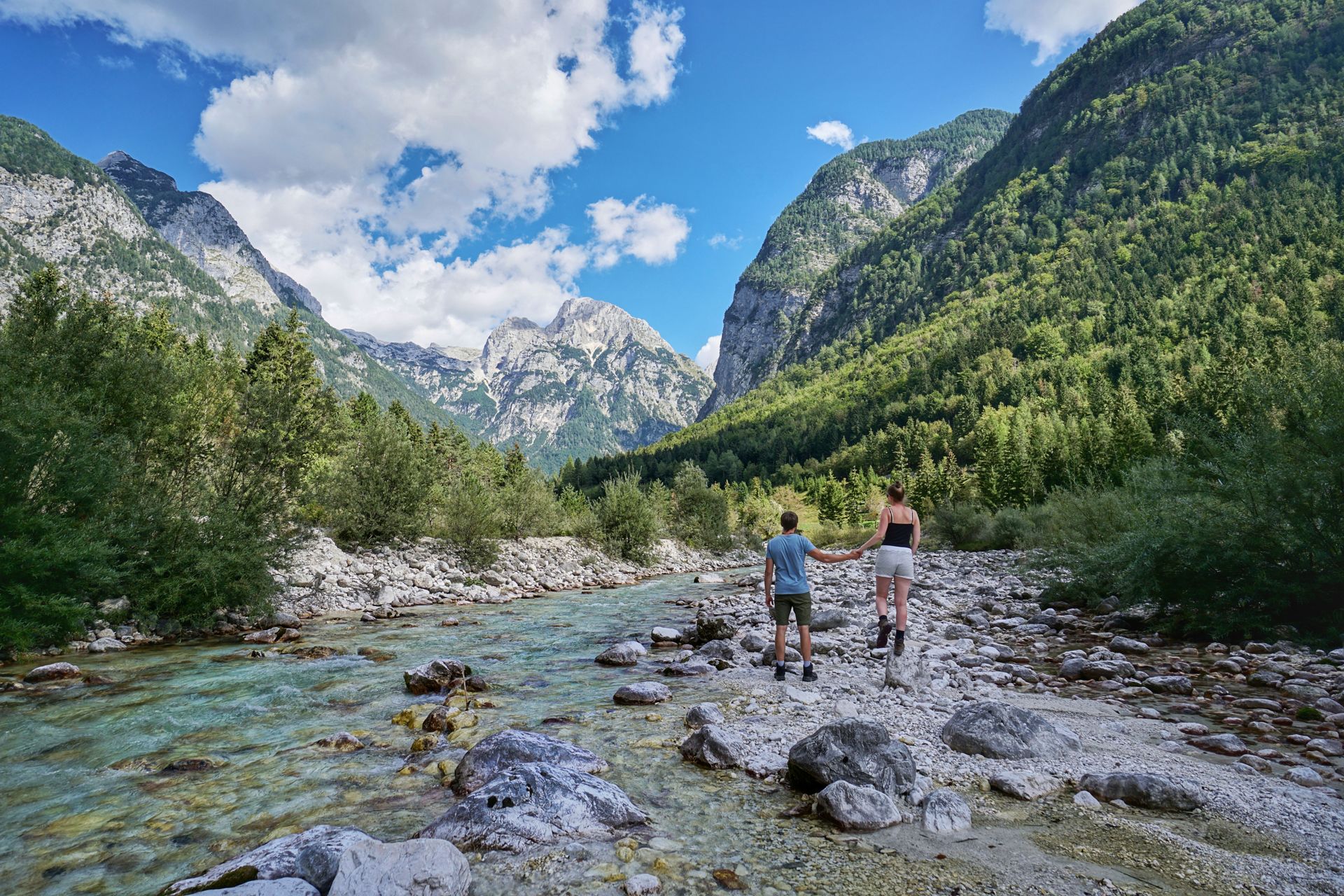13. Stop: Greece
Објавено: 27.10.2019
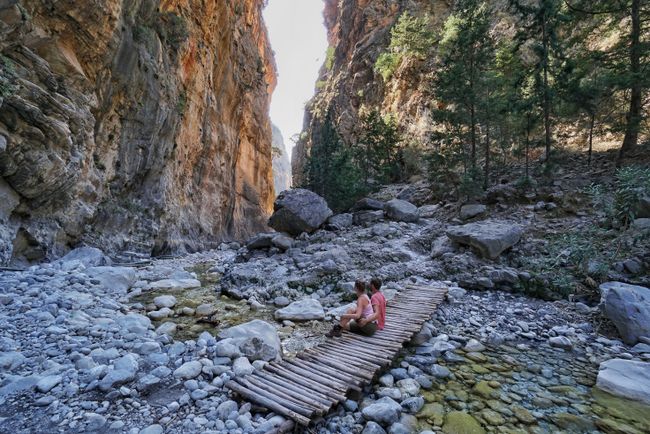

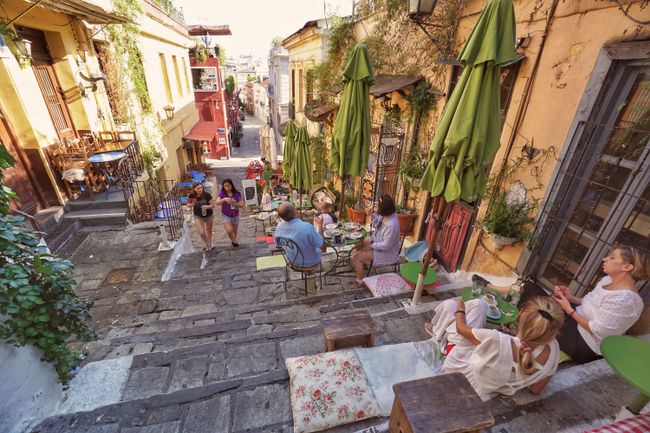
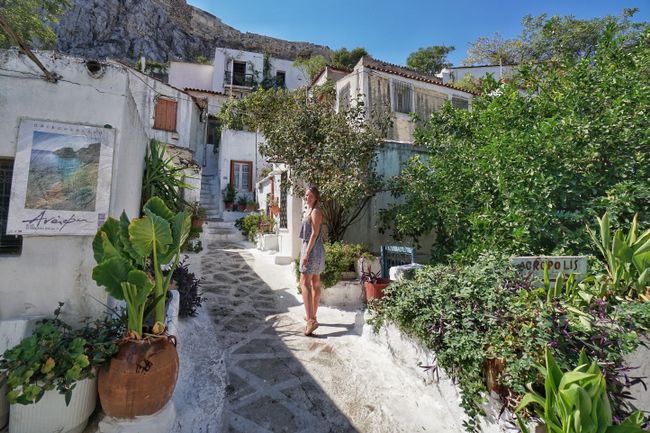
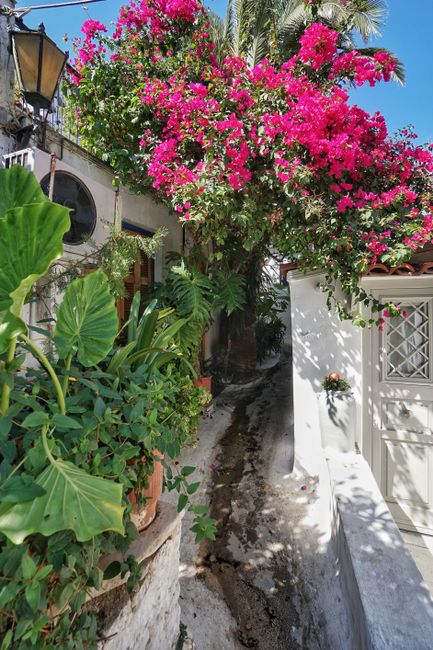
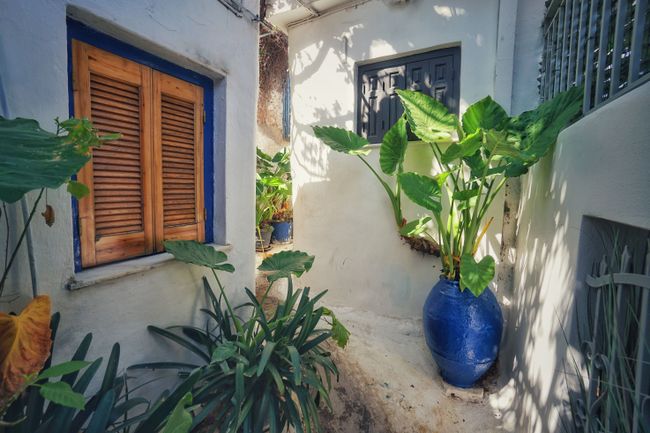
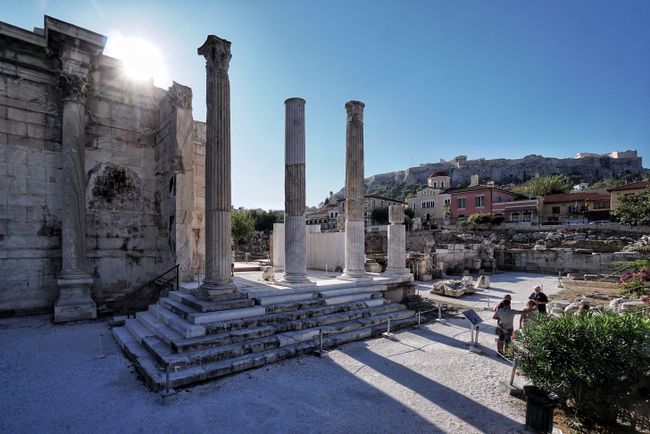
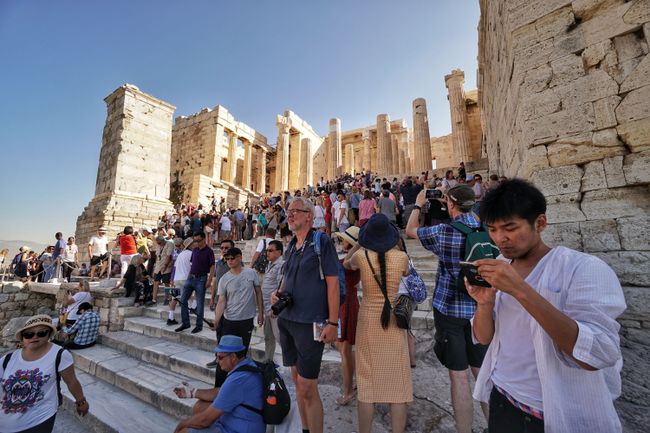
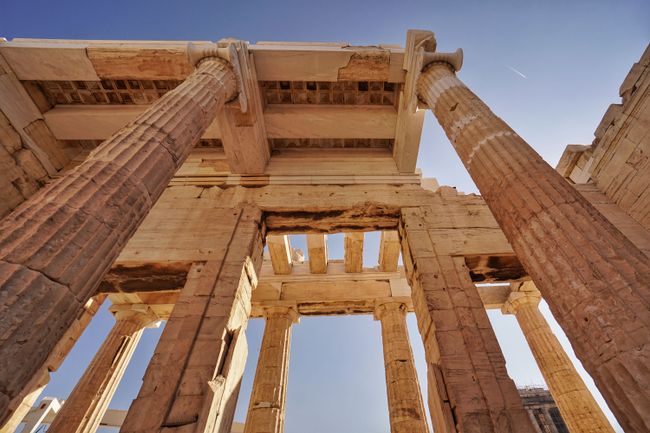
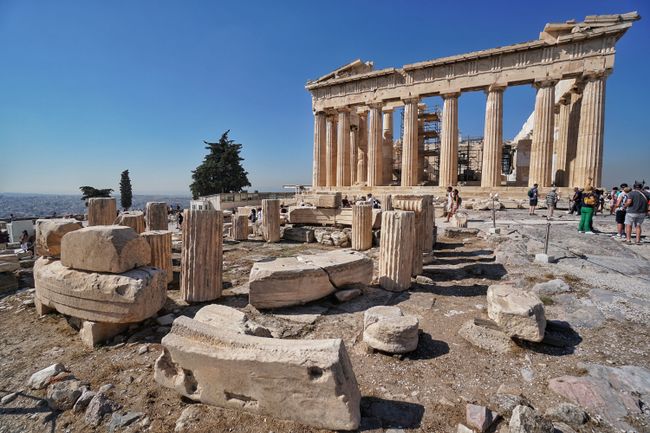
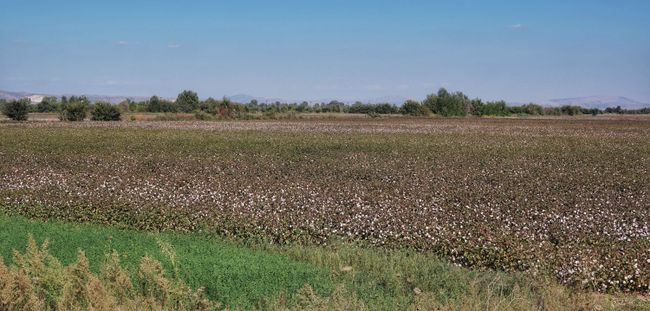
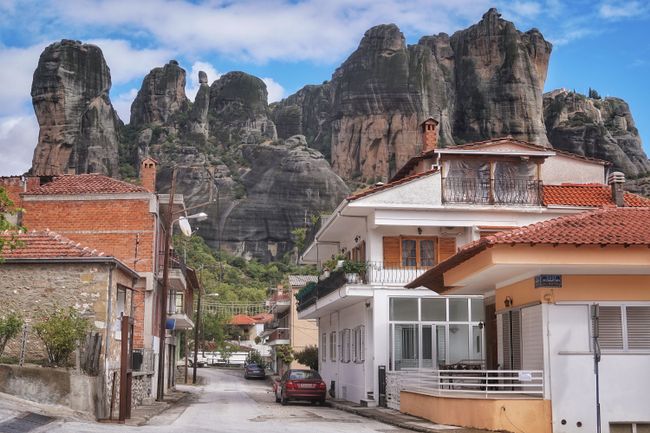
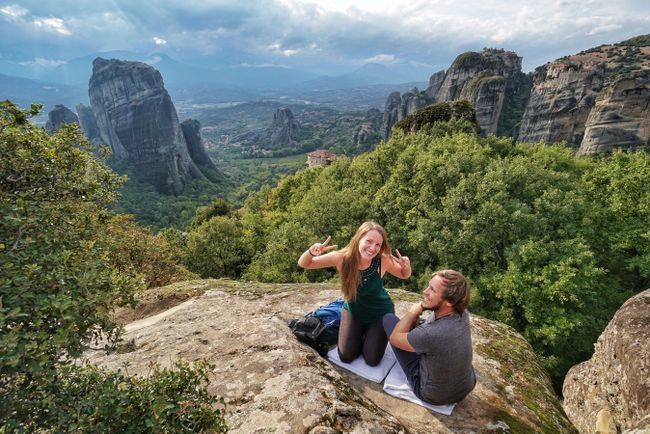
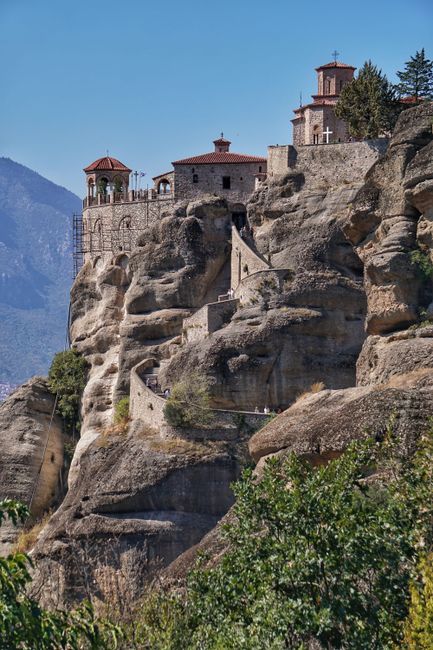
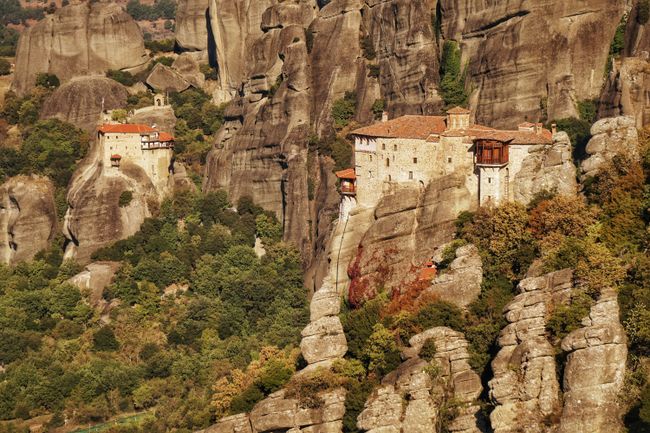
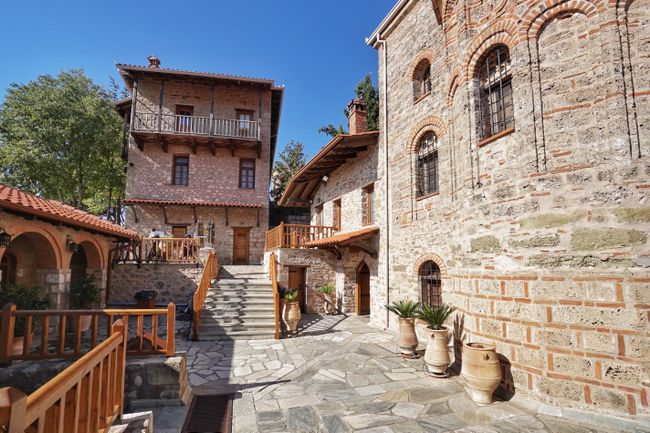
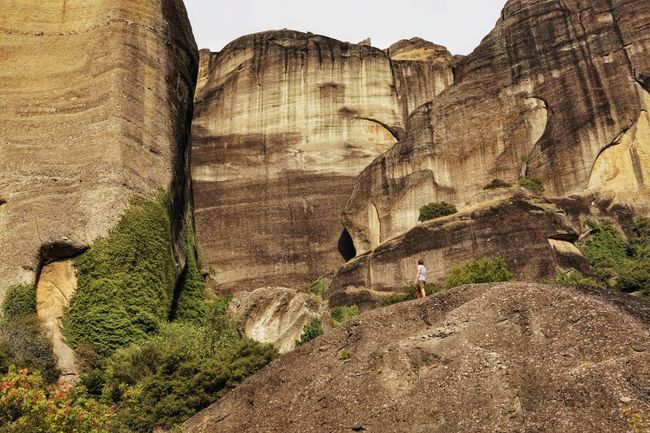
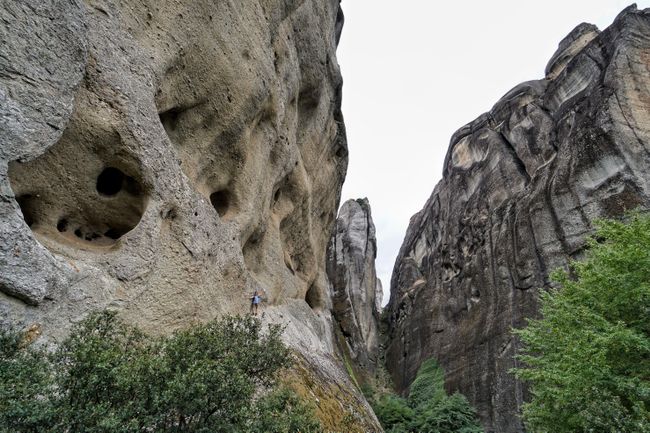
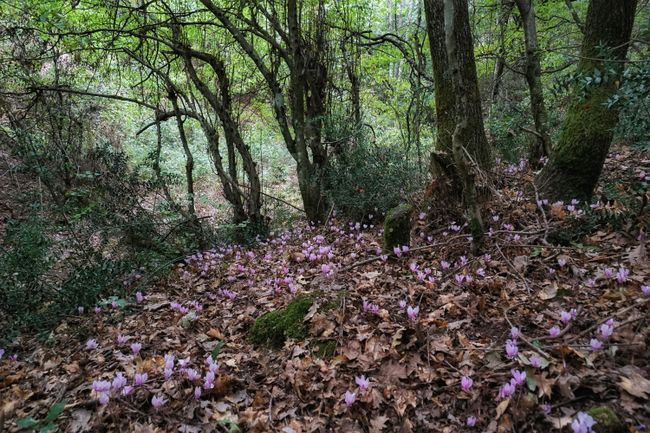
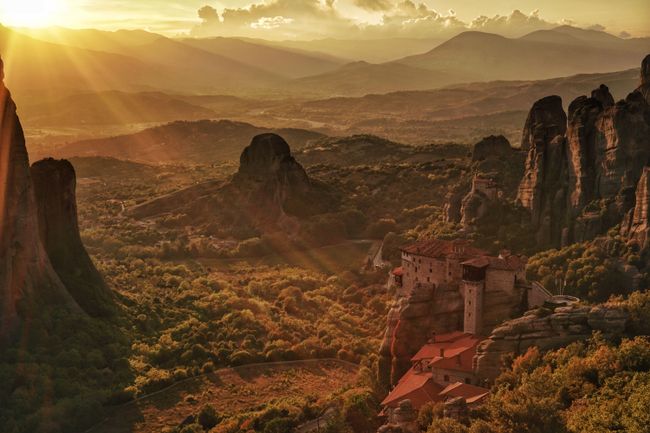
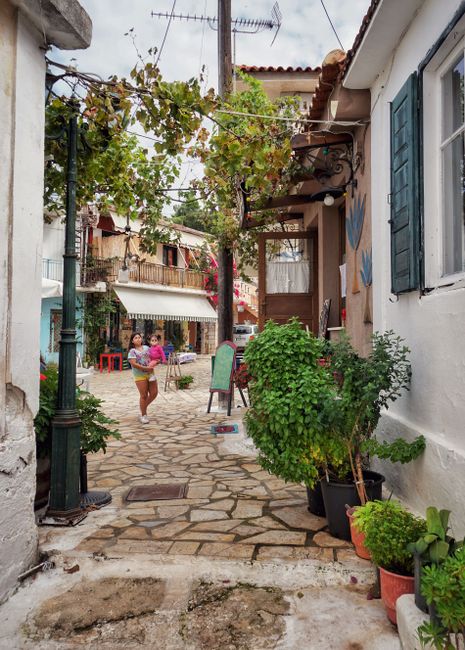
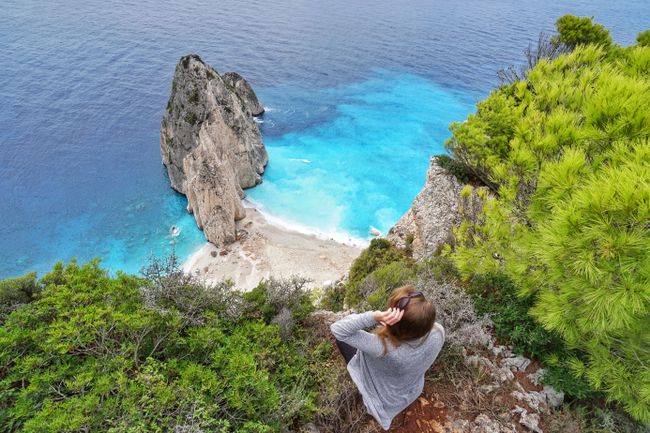
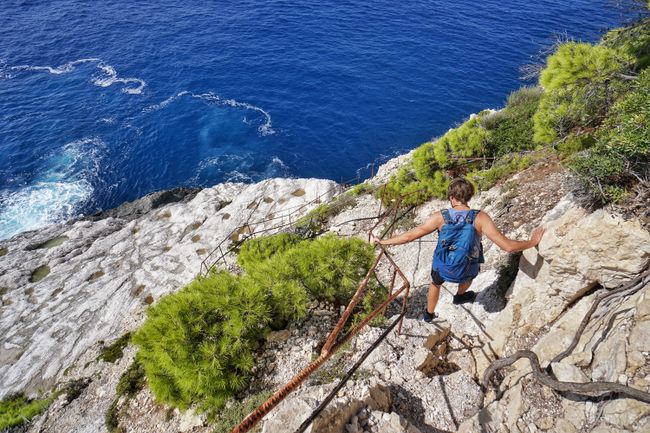
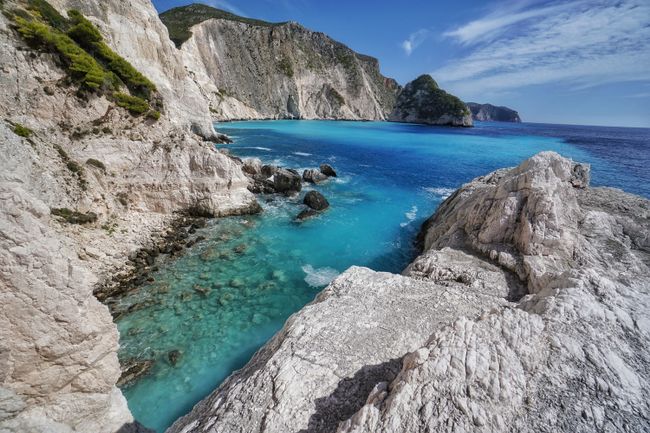
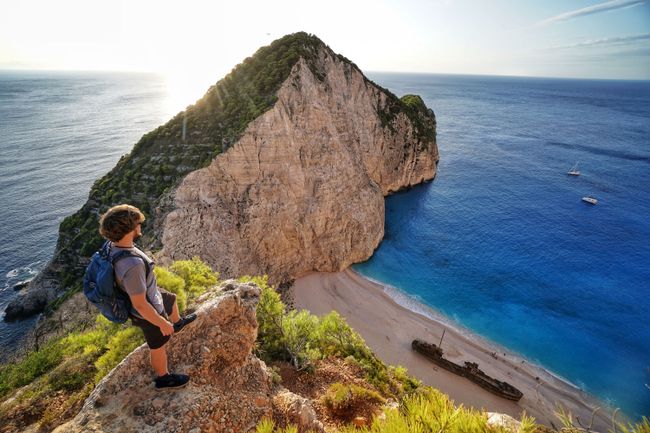
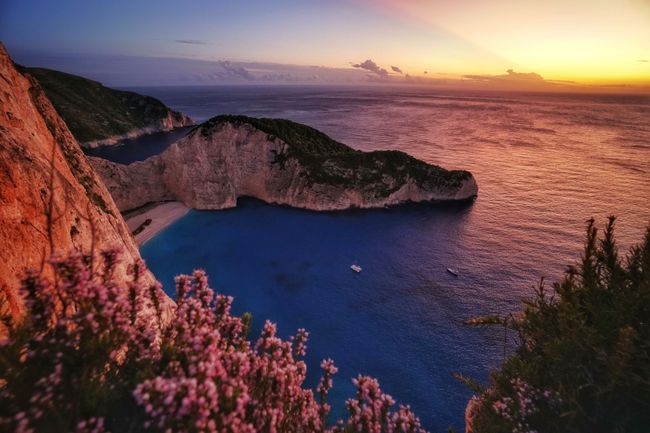
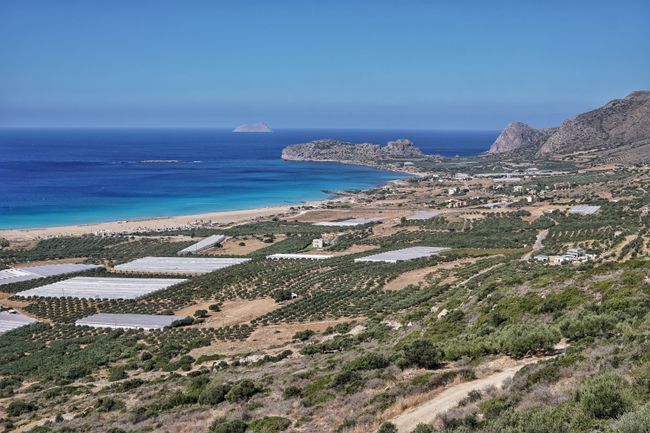
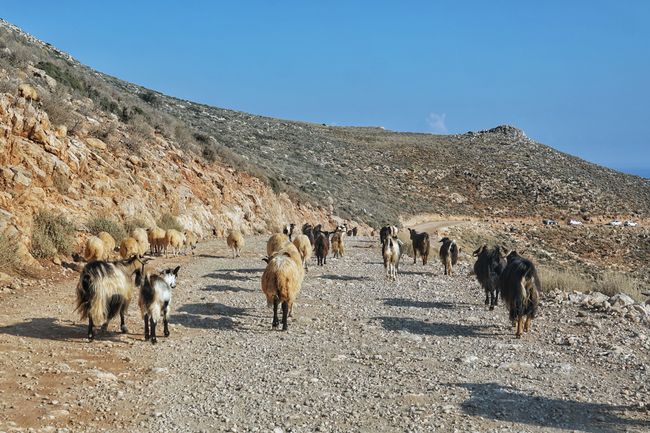
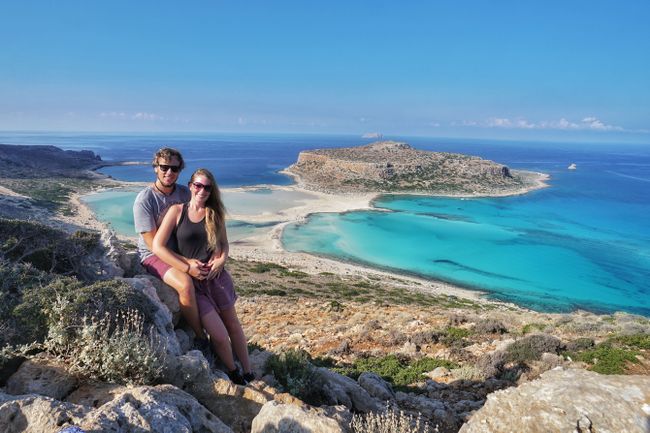
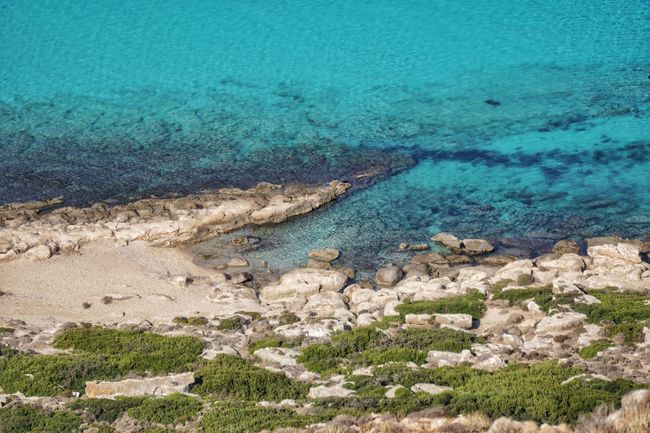
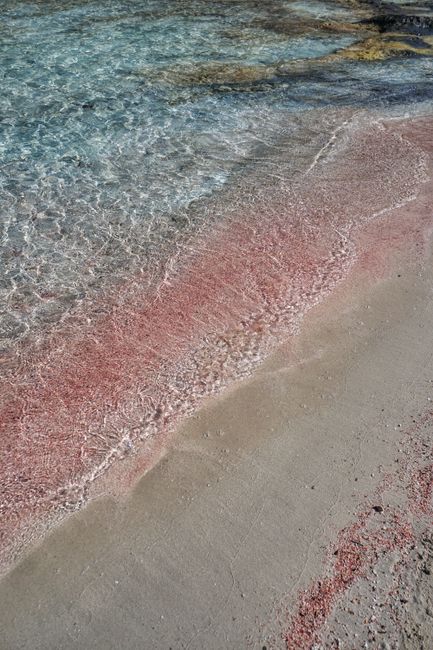
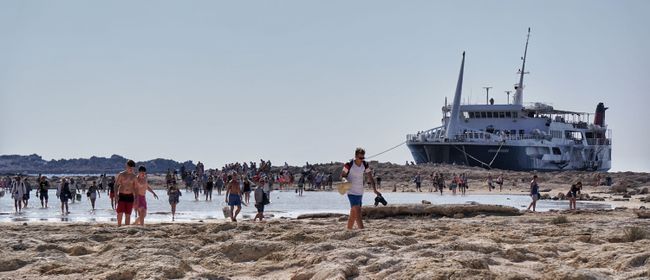
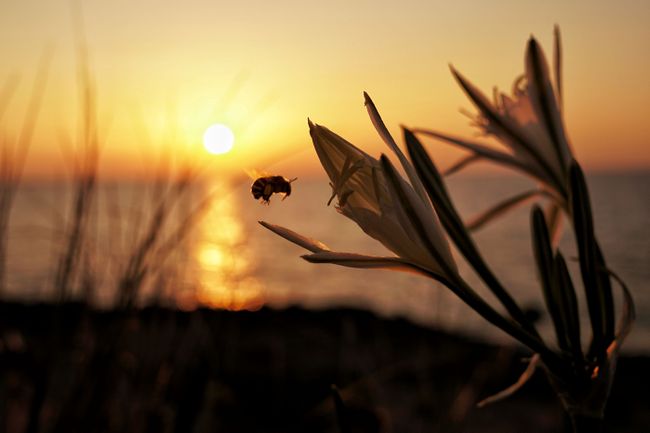
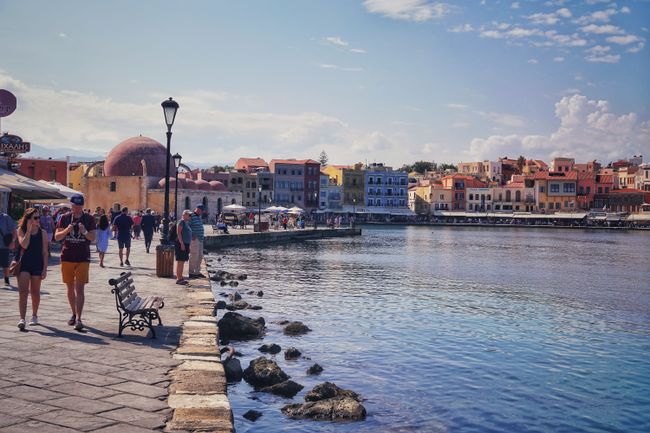
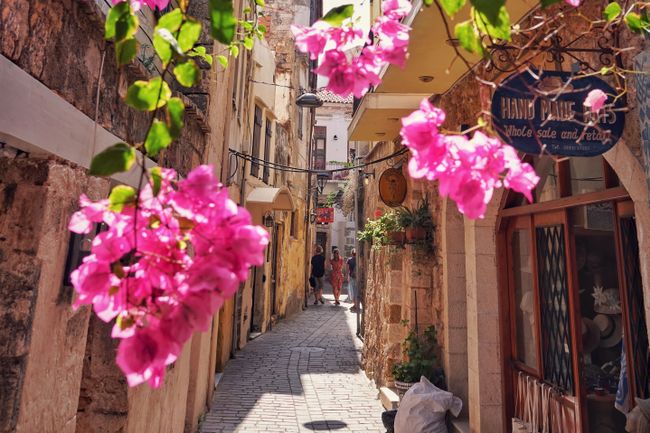
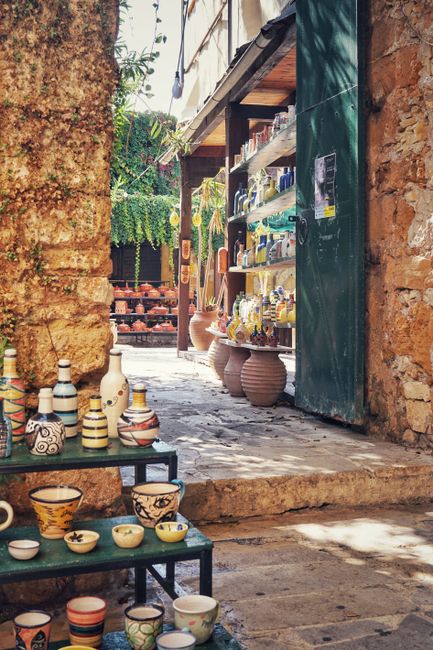
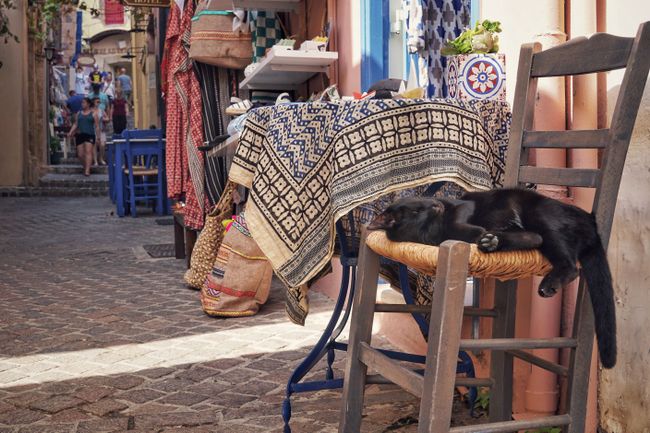
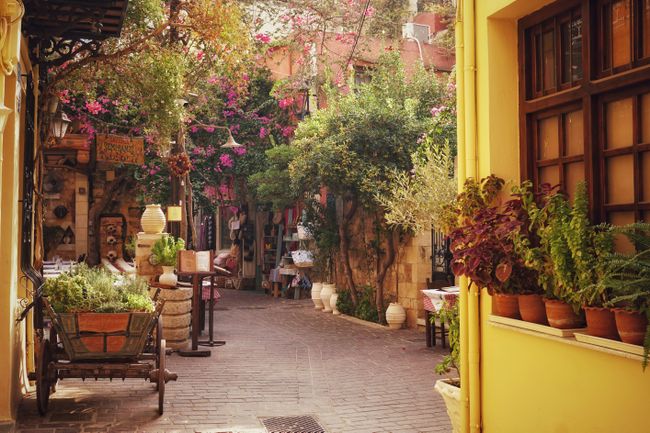
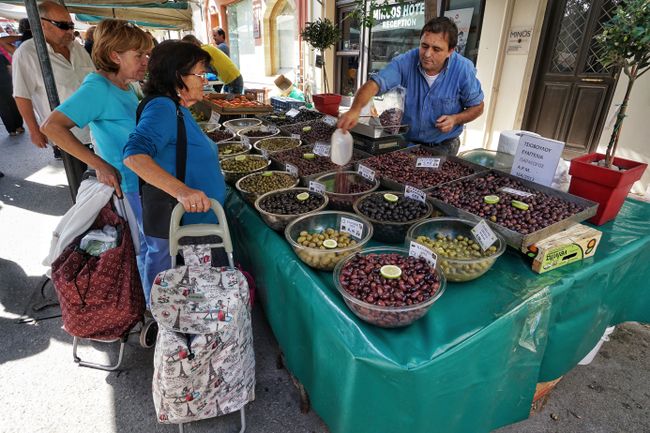
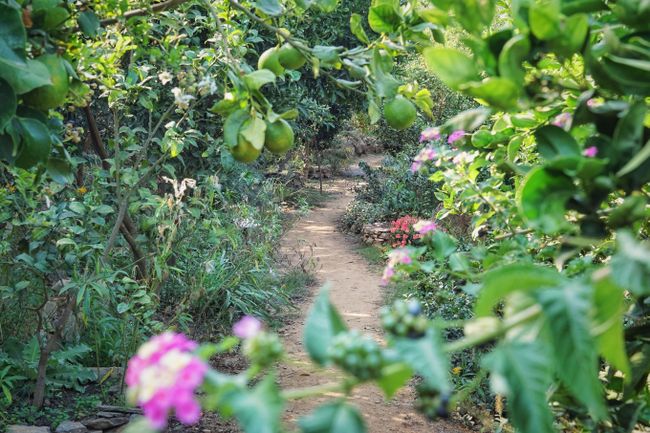
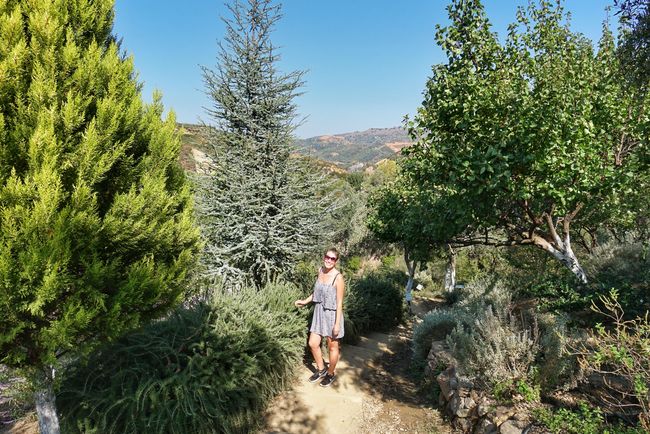
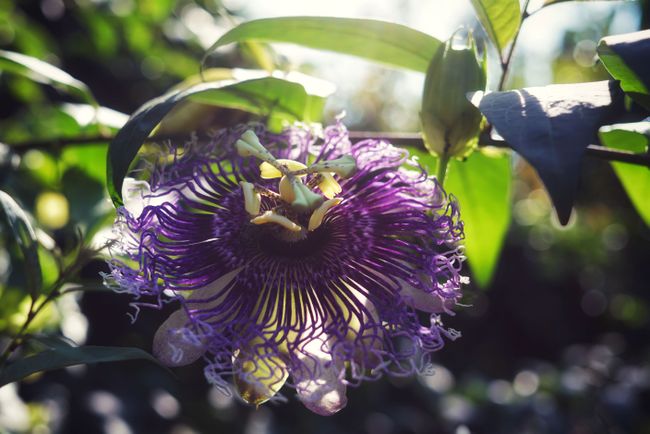
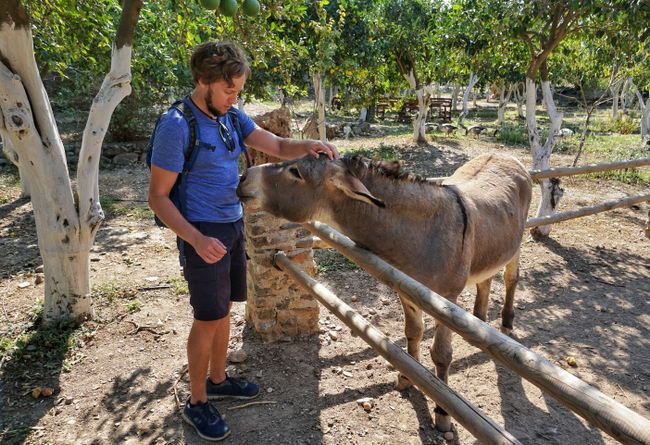
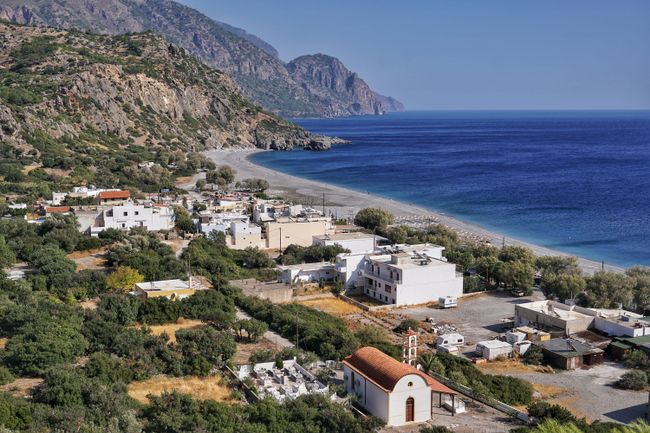
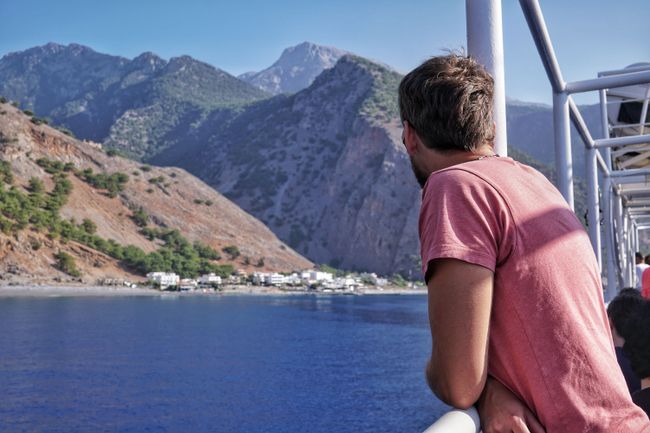
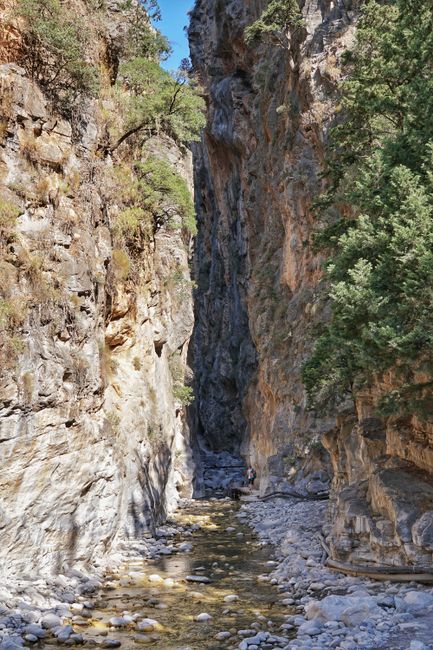
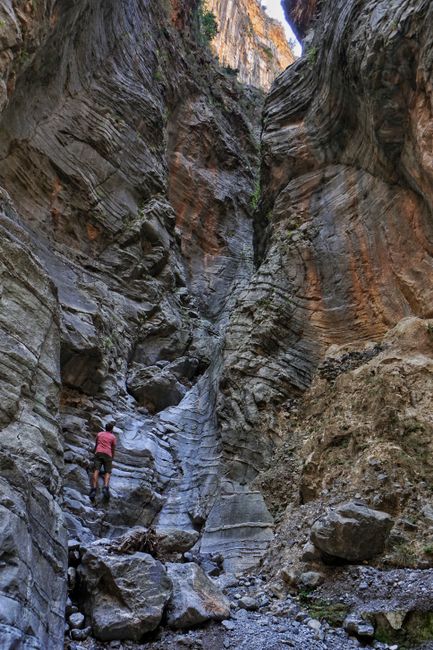
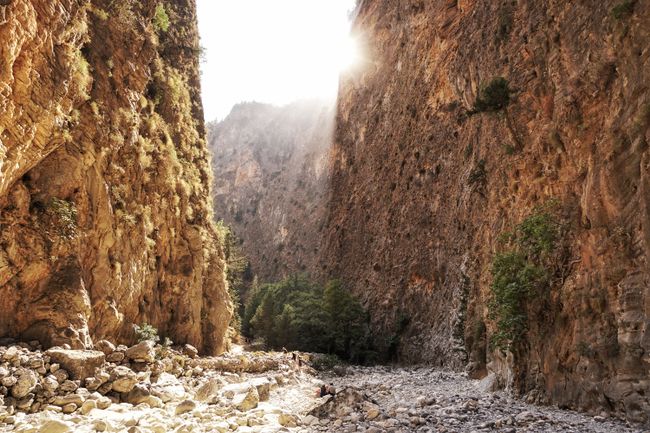
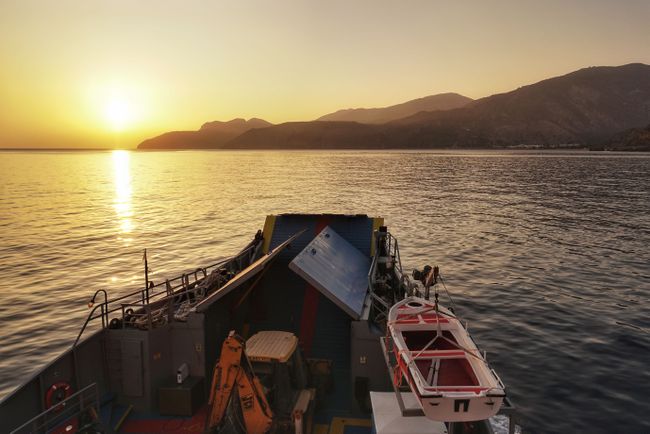

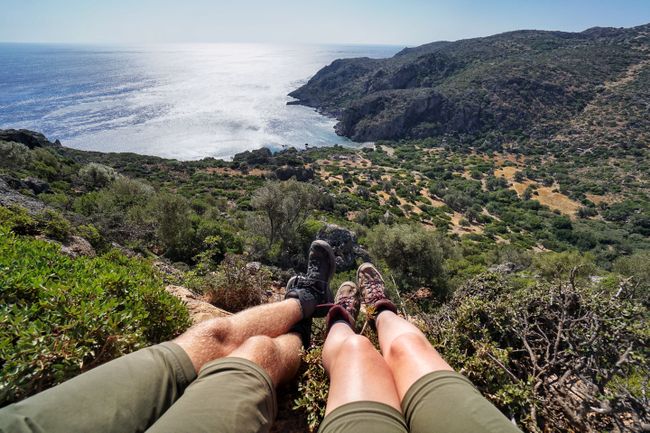
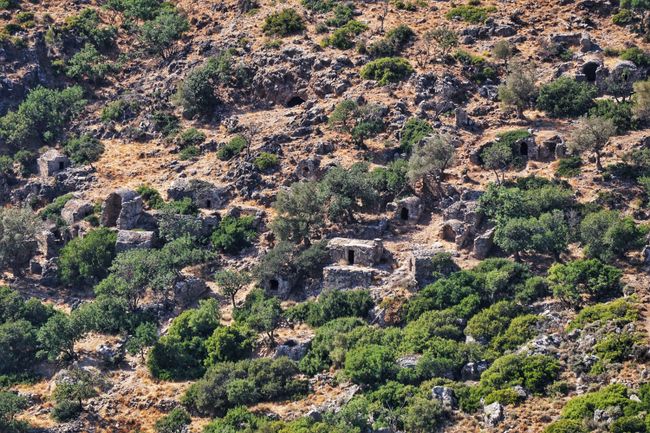
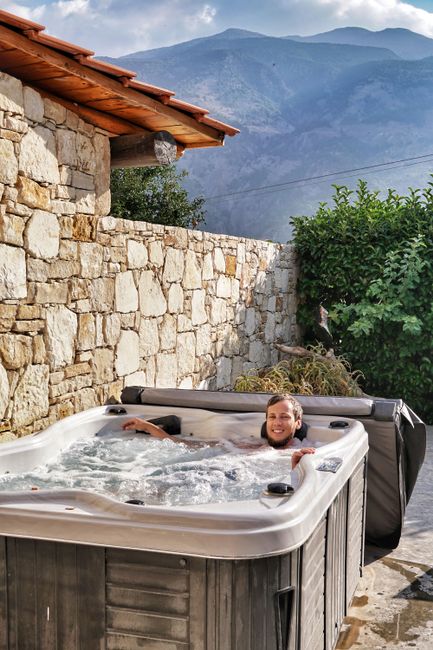
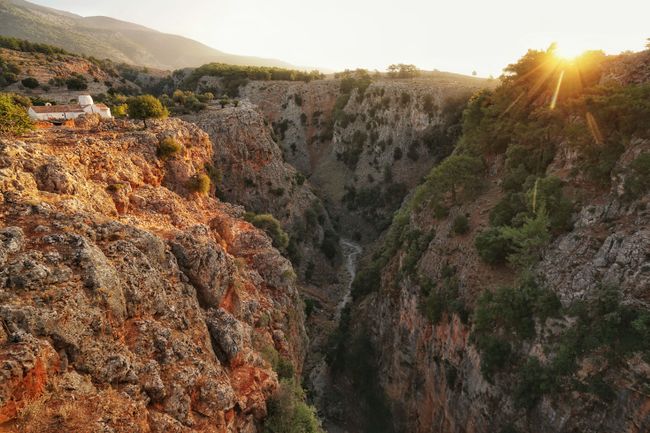
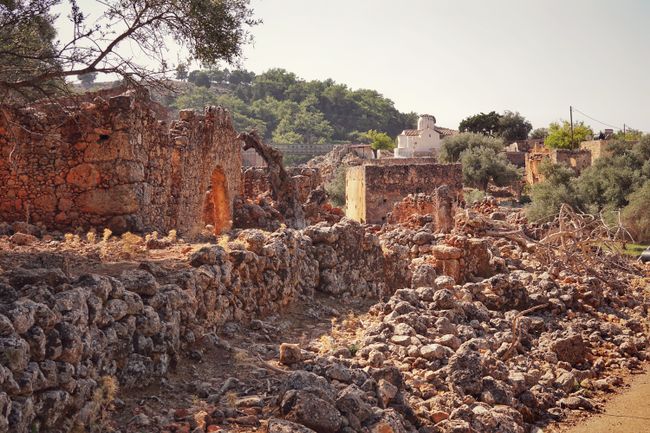
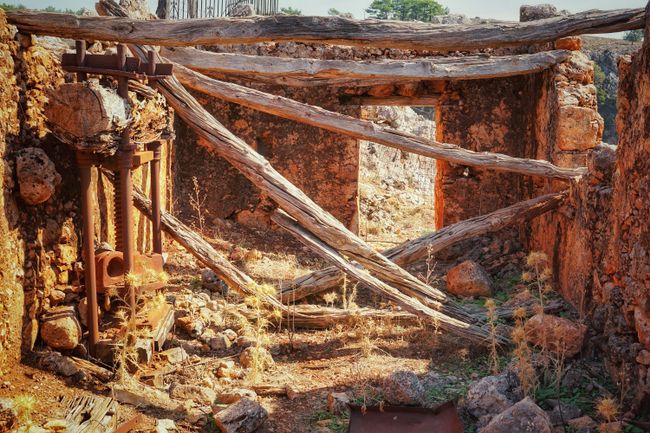
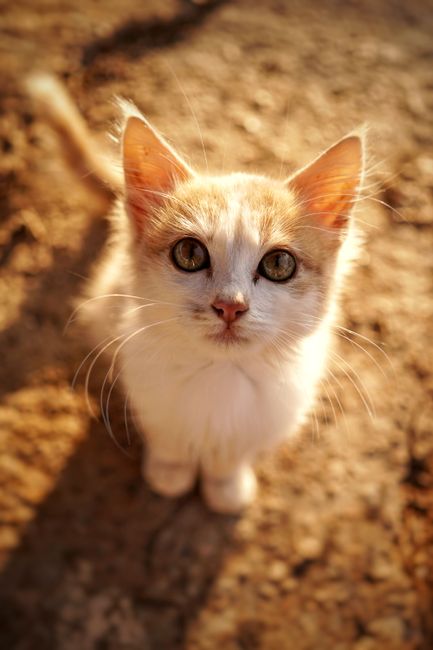
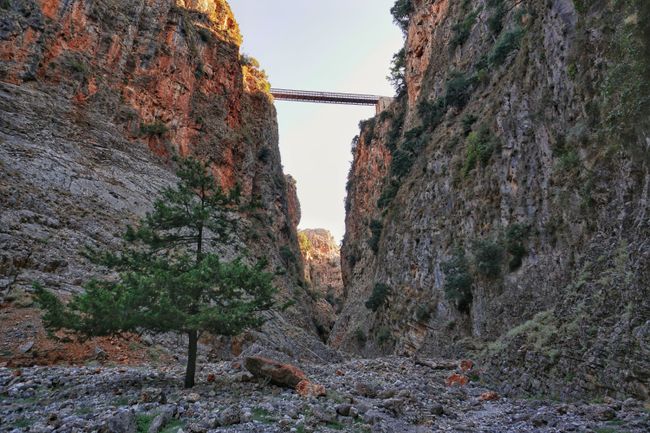
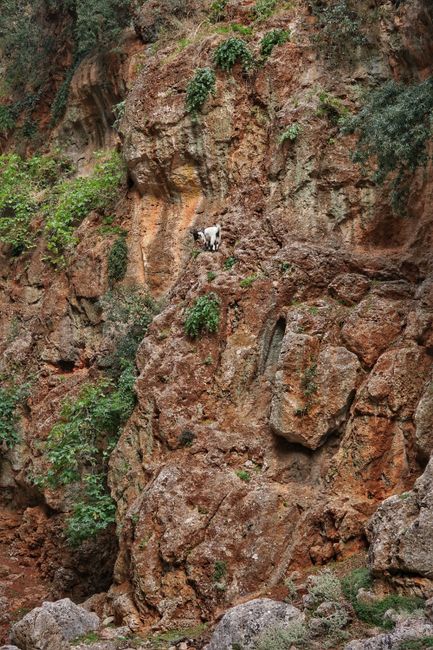
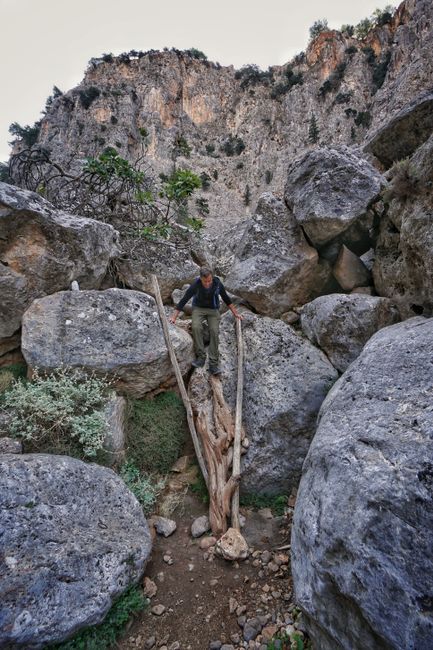
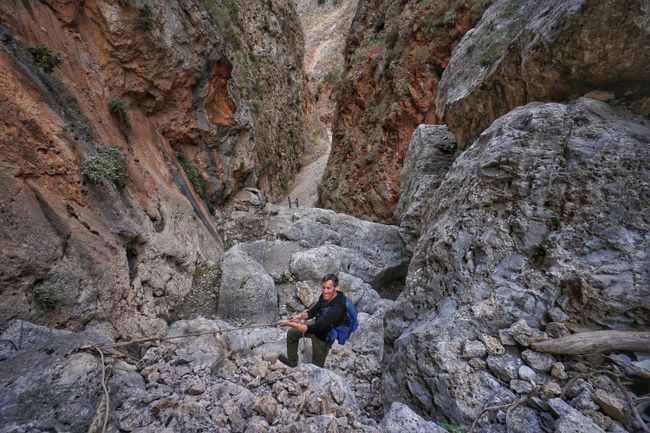
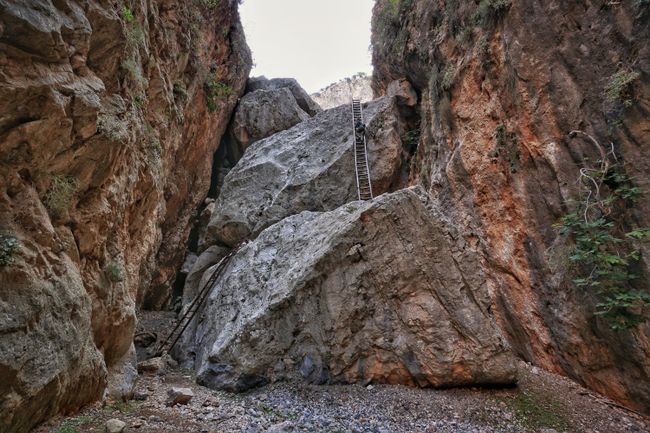
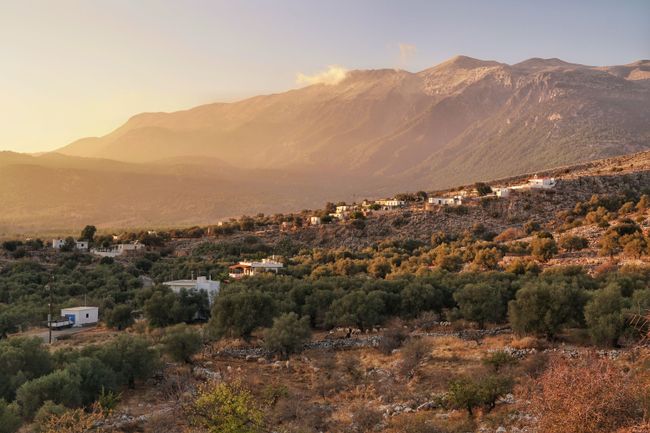
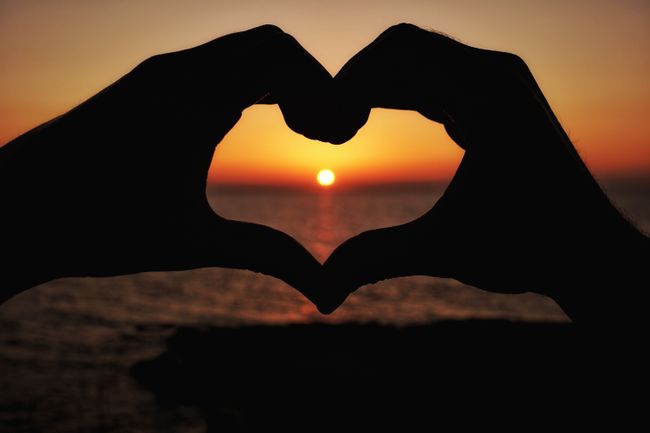
Претплатете се на билтенот
It is autumn in Europe. That means it is rainy, muddy, and cold almost everywhere, and you would rather be curled up on the couch eating casserole and watching Harry Potter than being outside. But since we are not on this trip to sit on the couch, but to see what the world has to offer (well, Harry Potter is hard to beat), we needed a place where the weather is still good in October. From Georgia, there are not many options, so we chose Greece: 1. October is the best time to visit Greece because the weather is pleasantly warm at around 25-30°C, and 2. There is a direct flight from Tbilisi to Athens. So here we are, back on European soil!
In Athens, our goal was to soak up the ancient Greek culture and avoid the midday heat (and tourist crowds). During the day, we visited ancient Greek buildings and beautiful neighborhoods with narrow alleys and small houses. In the evenings, we relaxed on our rooftop terrace with a view over Athens and enjoyed self-cooked meals at sunset. Life is good!

While strolling through the city center, we fell in love with the neighborhood of Anafiotika. It is located directly next to the oldest and probably most famous neighborhood of Athens, Plaka, and consists of many very small houses whose owners do everything to make them look beautiful. Many houses are traditionally painted white and blue and have small white walls around their gardens. The colorful aspect is brought by the plant life, such as huge bougainvillea flowers, which overgrow the narrow paths where often only one person can fit, blooming in a radiant pink color. Of course, there is also no traffic there, and it is wonderfully quiet.




When in Athens, you cannot miss a visit to the Acropolis, as it towers over the city like a giant statue and challenges you to explore it. At first, we were completely shocked by the crowds of people squeezing through the narrow entrance in the morning, but once you are on the Acropolis grounds, it quickly disperses. Of course, we were impressed by its history and sheer size, but what interested us even more were the restoration works. For many decades, efforts have been made not only to piece together the individual parts of the destroyed temples like a puzzle but also to rectify poorly and incorrectly performed restoration work from previous years. This is a very time-consuming task considering the many small and large pieces of stone that have been worn down and destroyed over centuries, but thanks to modern technology, much can be reconstructed. All individual parts are precisely measured and displayed in 3D using computer software to find matching counterparts, determine their origin in the temple, and then assemble everything. Why did we make so much effort with puzzles as children? We should have just programmed good computer software to do it all for us.




After Athens, it was time for some hiking fun, so we drove inland with our rental car to Kalambaka to visit the famous Meteora Monasteries. On the way, we passed kilometers of cotton fields, which transformed the landscape into a fluffy cotton world, as cotton balls flew around everywhere due to the harvest. Otherwise, the vegetation was rather sparse because cotton and olive trees mainly grow in Greece due to the dry climate, until we finally caught a glimpse of the huge rock walls of the Meteora Monasteries. The gray rock rises vertically from the flat landscape and forms a miniature mountain range.


The individual rock formations with their many caves impressed the first hermits in the 11th century, who led an ascetic life in the caves. This gave rise to the idea in the 14th century of building well-secured monasteries on the rocks, and gradually 24 monasteries were built. At that time, many of them could only be reached by cable cars, allowing the monks to live their faith in safety. Today, most of these buildings are abandoned or destroyed, and only 6 monasteries are still in use and have been made accessible to pedestrians by stairs. So unfortunately, we didn't have to be hoisted up by a cable car, but we had the opportunity to climb several hundred steps and explore the monasteries from all sides. The churches, in particular, were spectacular, as they were adorned with more than just pomp and equipped with hundreds of chandeliers. Unfortunately, photography was not allowed in these rooms, so you have to go there yourself if you want to see them.




In addition to the beautiful hikes through the monasteries, along the rock walls, and through autumn forests with a sea of cyclamens, we enjoyed the sunsets from the mountains the most. We also celebrated Jan's birthday this way: At sunset on a lonely rock ledge with a view of the mountains and monasteries, and a cold beer in hand. Saying goodbye to the monasteries and their mountains was really difficult; this place simply has a magical atmosphere. But after several days of heavy rain, we decided to move on.




Our next destination was the island of Zakynthos (called "Zante" by the locals) in western Greece. Since we had already seen the city and the mountains, we wanted to enjoy the sea and the coast, and Zante has some impressive cliffs and super blue sea with sandy beaches. At least, that was the plan... until we arrived on Zante and experienced 5 days of bad weather with heavy thunderstorms out of 7 days. Luckily, we had booked an apartment with a kitchen, so we could simply cook and relax. So, even in Greece, we spent days in October on the couch with casserole and Harry Potter.
We made the most of the good weather and explored the beautiful coastal landscape of Zante. We especially liked the crystal-clear seawater that shines in all shades of blue. Here, you want to go swimming everywhere. We visited many high cliffs, descended to rocky outcrops, and watched the sunset over the sea from the edge of a 300m high cliff. We were particularly impressed by a bay where a shipwreck is located, so we hiked along the cliff and admired the bay from different angles. By the way, the shipwreck stranded there in 1980 when, according to the story, some smugglers disposed of it and set it on fire to cover their tracks. Unknowingly, they created a real tourist attraction. You can only reach the ship itself by boat tour, so we saved that, but the view from above and the hike were fascinating enough.













To bag a few souvenirs and to see a typical Cretan town, we visited Chania. The city center of Chania is a labyrinth of narrow pedestrian streets right next to an old Venetian harbor, perfect for aimlessly strolling through the alleys and discovering small shops and tavernas. Like in a maze, you can lose yourself here for hours and constantly find new beautiful paths through the old houses. We also visited a market where tons of fruits and vegetables were sold and finally went to the hairdresser, as the last time was 4 months ago for Jan and over 1 year for Natalie. We didn't think we could walk around looking so scruffy, let alone fly back home.






On the way south, we visited the beautiful Botanical Garden of Crete. We have rarely seen such a beautiful place: It doesn't feel like a planned garden, but more like a systematically wild jungle with a multitude of fruit trees and herbs. Every corner smelled different, and we saw many fruit trees for the first time in our lives. Especially for us, it was absolutely exciting because we now know the trees of many fruits we ate during the journey. And as a highlight, the garden also houses some animals, including a very affectionate donkey.




In southern Crete, we finally found the peace and nature we were looking for, as it is home to the deepest and most beautiful gorges on the island, inviting us to hike. One of the highlights of a visit to Crete is probably traversing the Samaria Gorge. It is 13 km long and leads from the highest mountain range of Crete to the sea. However, the transportation to the starting point and from the endpoint was too complicated and expensive for us (you have to take a bus and a ferry), so we found a more convenient solution. We drove by car to the village of Sougia by the sea, took the ferry to the lower start of the gorge by the sea, and then walked as far as we could into the gorge and back the same way to Sougia.


So, we had to walk slightly uphill more than on the regular hike from the mountains to the sea, but it was absolutely worth it. The highlight was that we arrived early in the morning at the bottom of the gorge and could enjoy the most beautiful part almost completely alone, as the day hikers only arrived much later. With several hundred hikers per day in the low season (and several thousand per day in the high season), this was a huge advantage. So we walked through a quiet, deep gorge in bright sunshine, only hearing the sound of the river splashing. You can't imagine how relieved we were when we realized that despite the dryness in Crete, there was still water flowing in the gorge in October. And we wished for "smell photography" there because it smelled wonderfully like hot pine forest everywhere. Natalie immediately felt transported back to her childhood in Yosemite. In fact, the whole gorge with its barren high cliffs, the turquoise stream in the middle, the pine forest, and the hot sun reminded us of US national parks like Zion or Yosemite and once again showed us that we have many beautiful places right on our doorstep.



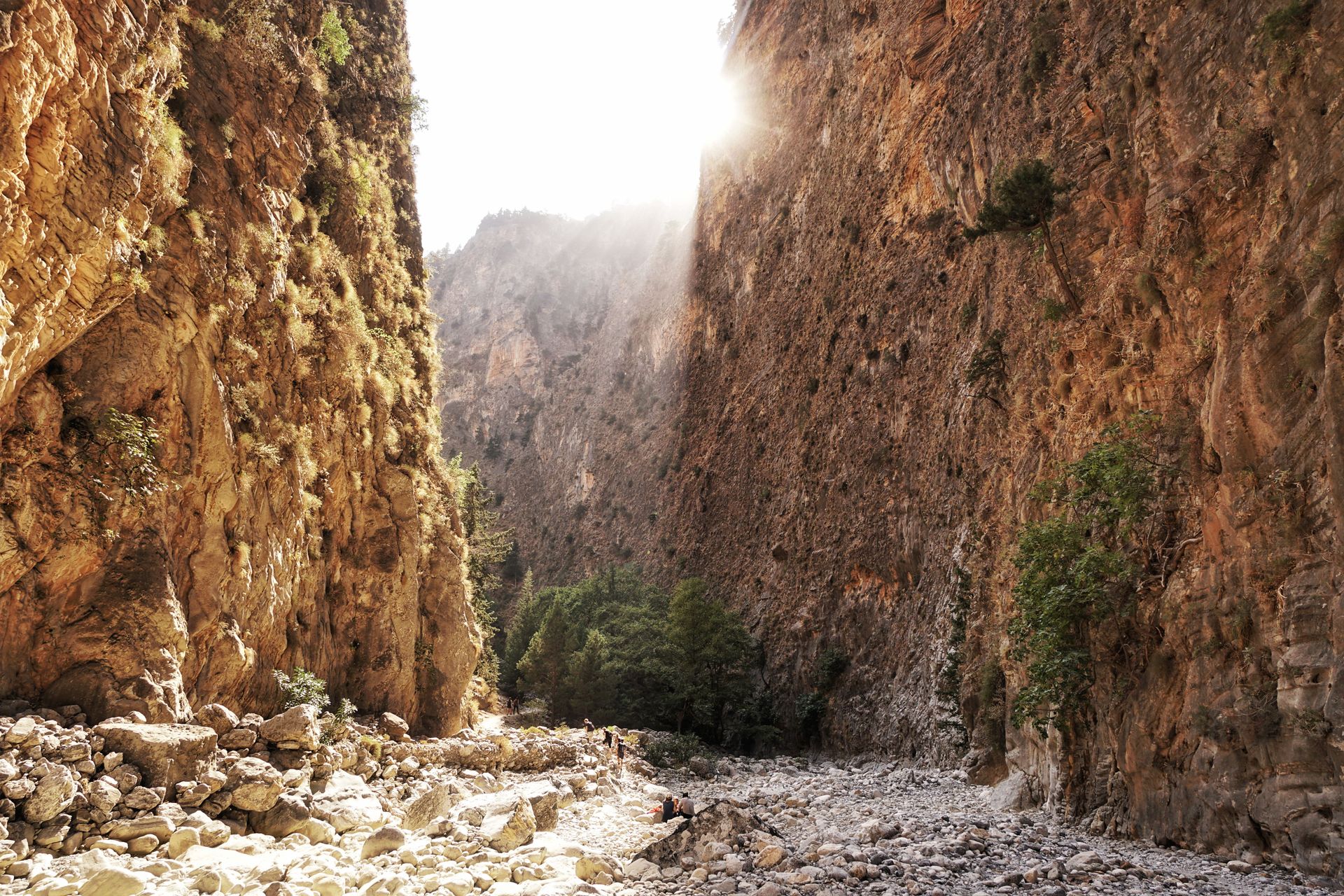
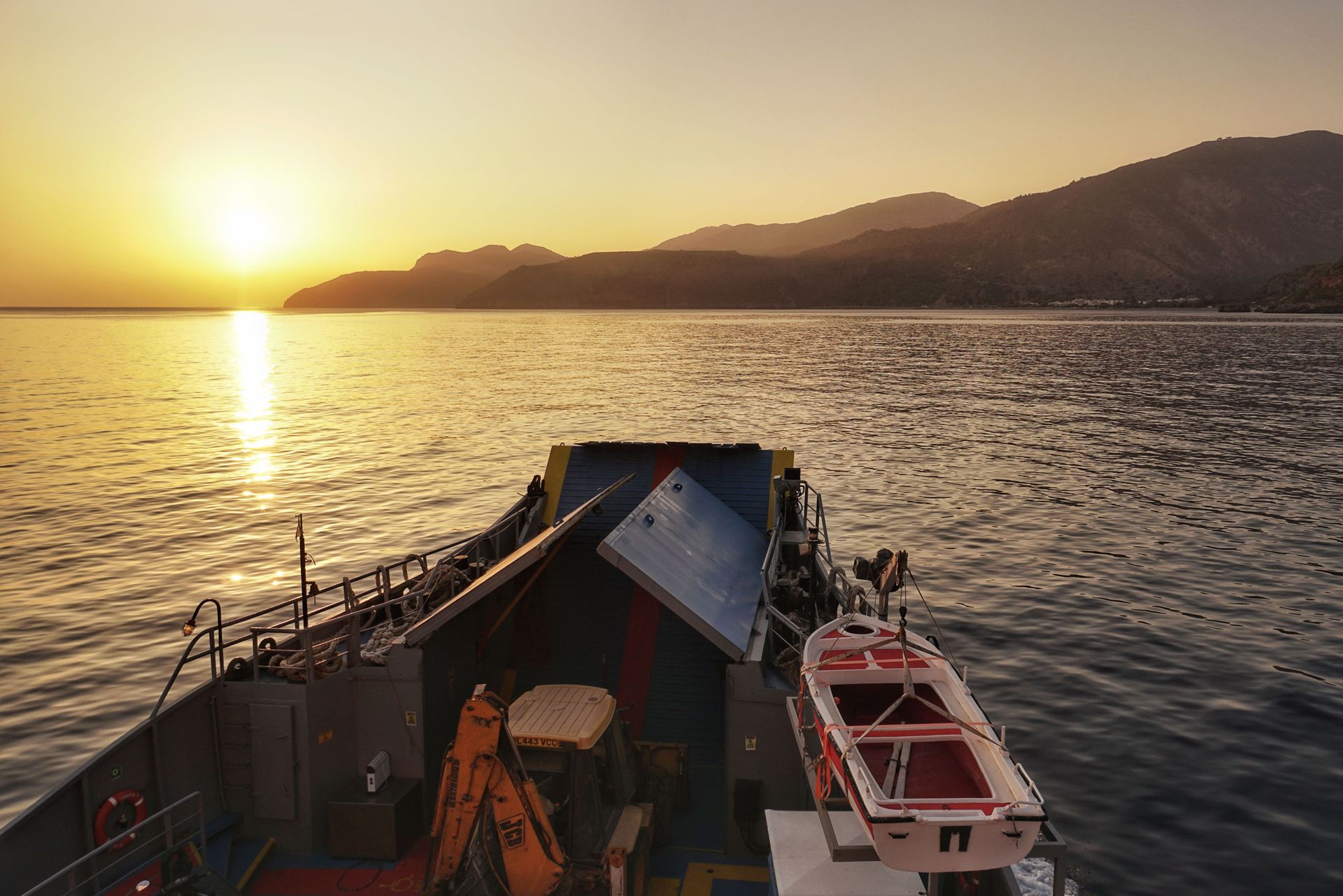
In addition to the Samaria Gorge, we hiked several other gorges and were impressed every time. Each gorge had its own uniqueness. For example, the Lissos Gorge led us to a long-abandoned place from 500-300 BC, which is said to have healing and spiritual effects.


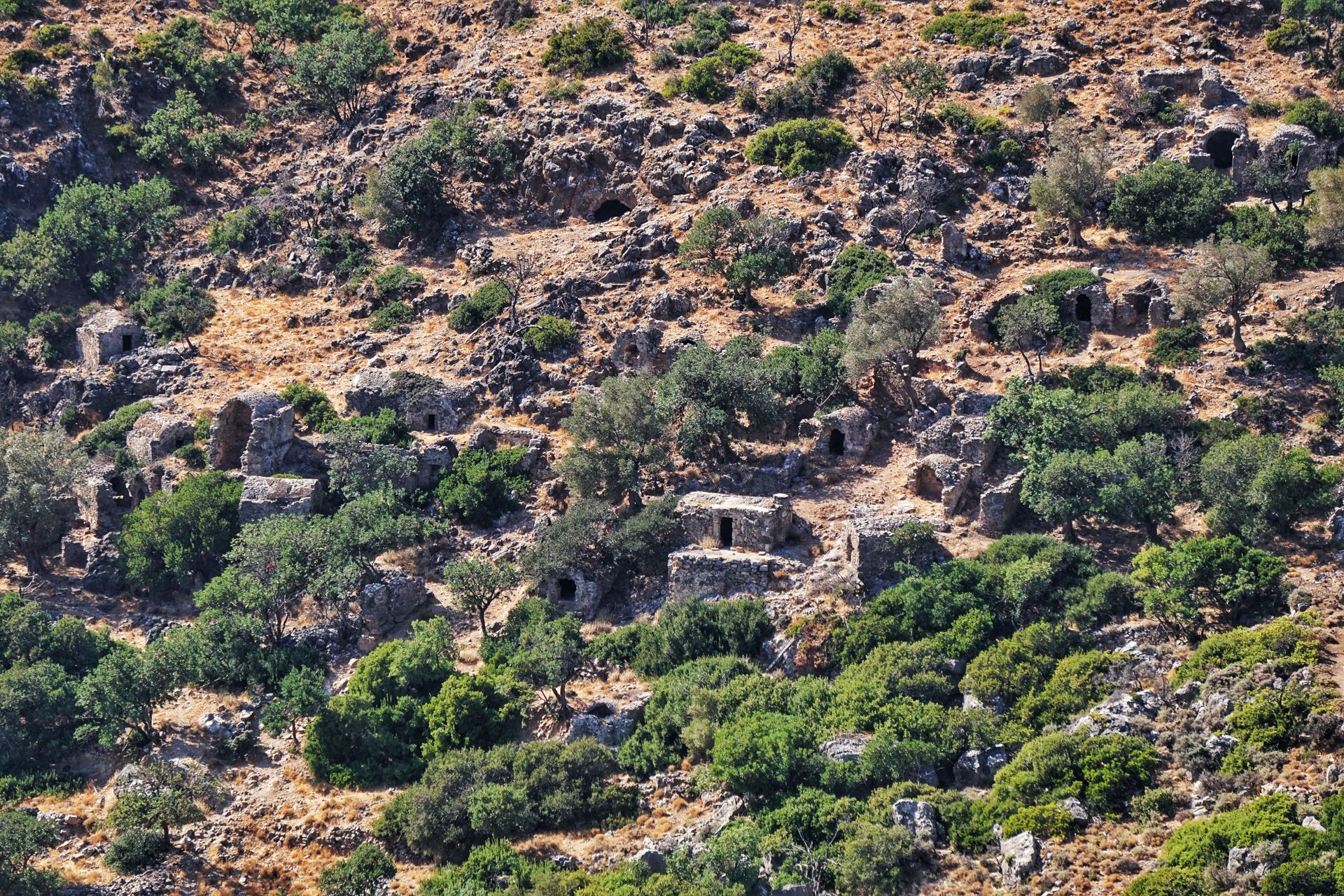

Afterwards, we bid farewell to the idyll and nature, as Greece was the last country on our journey. Eventually, our financial resources run out, and our travel insurances expire, so we have to return to the seriousness of life. But we will write a final report because we cannot end this blog without a proper conclusion.
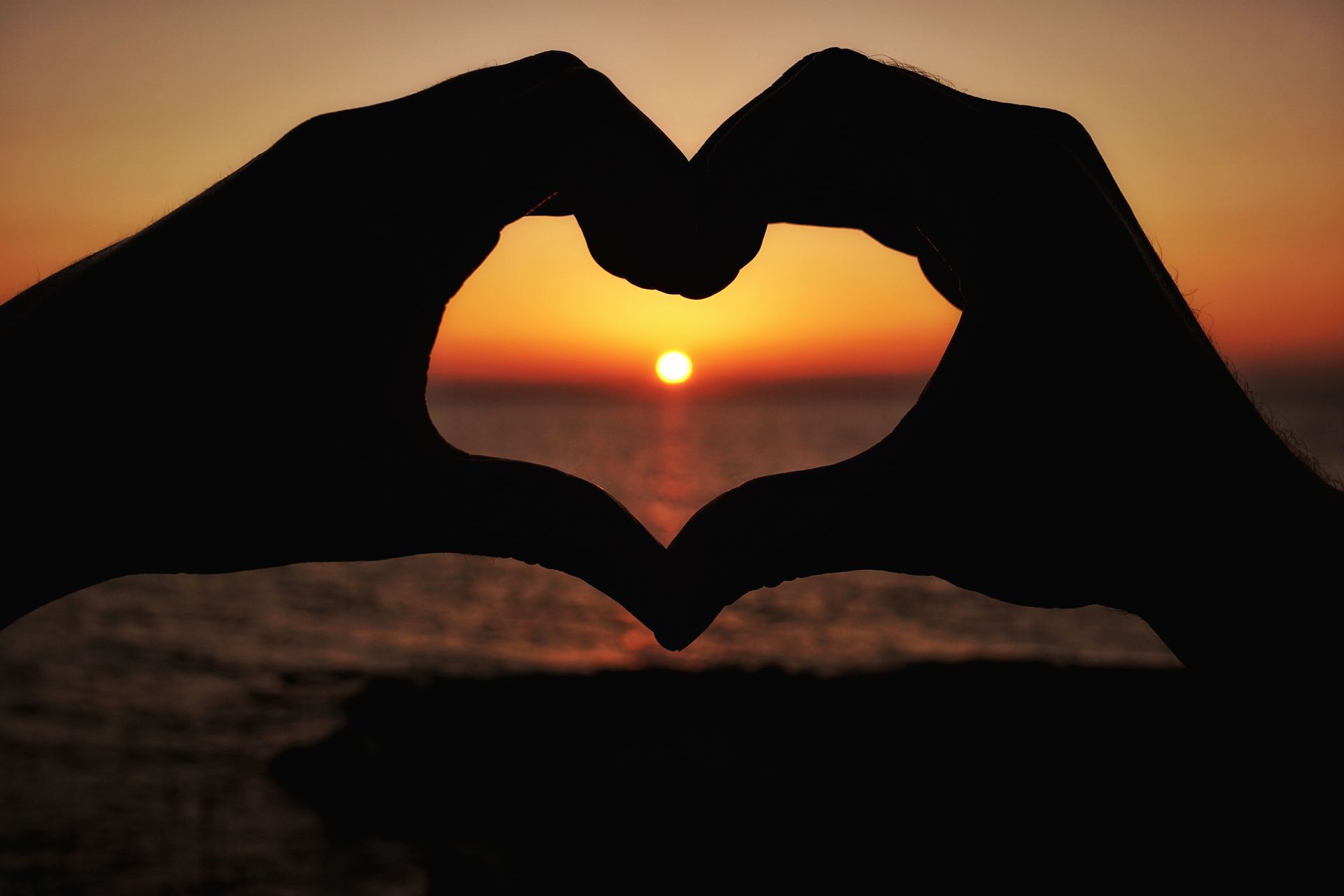
Song of weather in Greece: Can't control the weather – Fairground Saints
Претплатете се на билтенот
Одговори
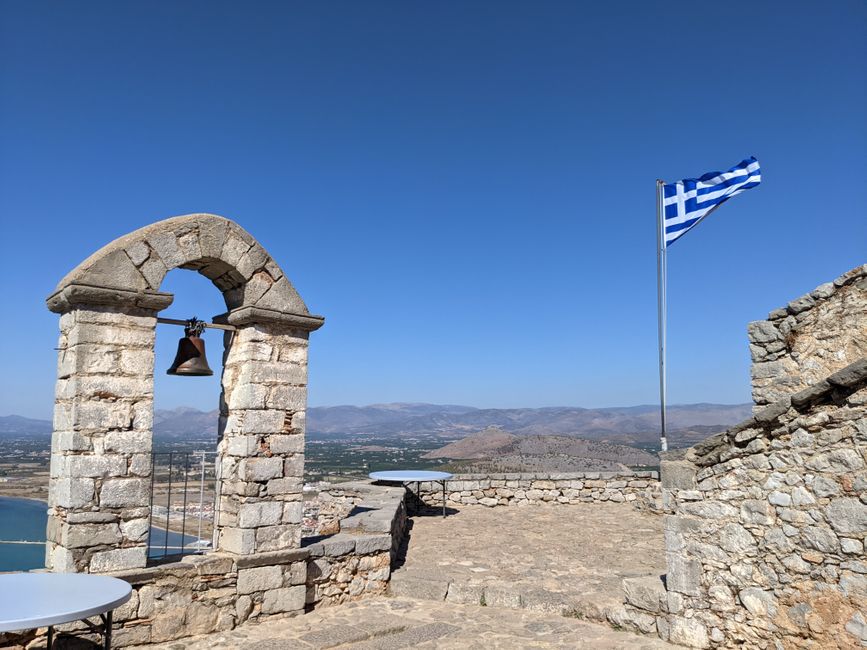
Извештаи за патување Грција
